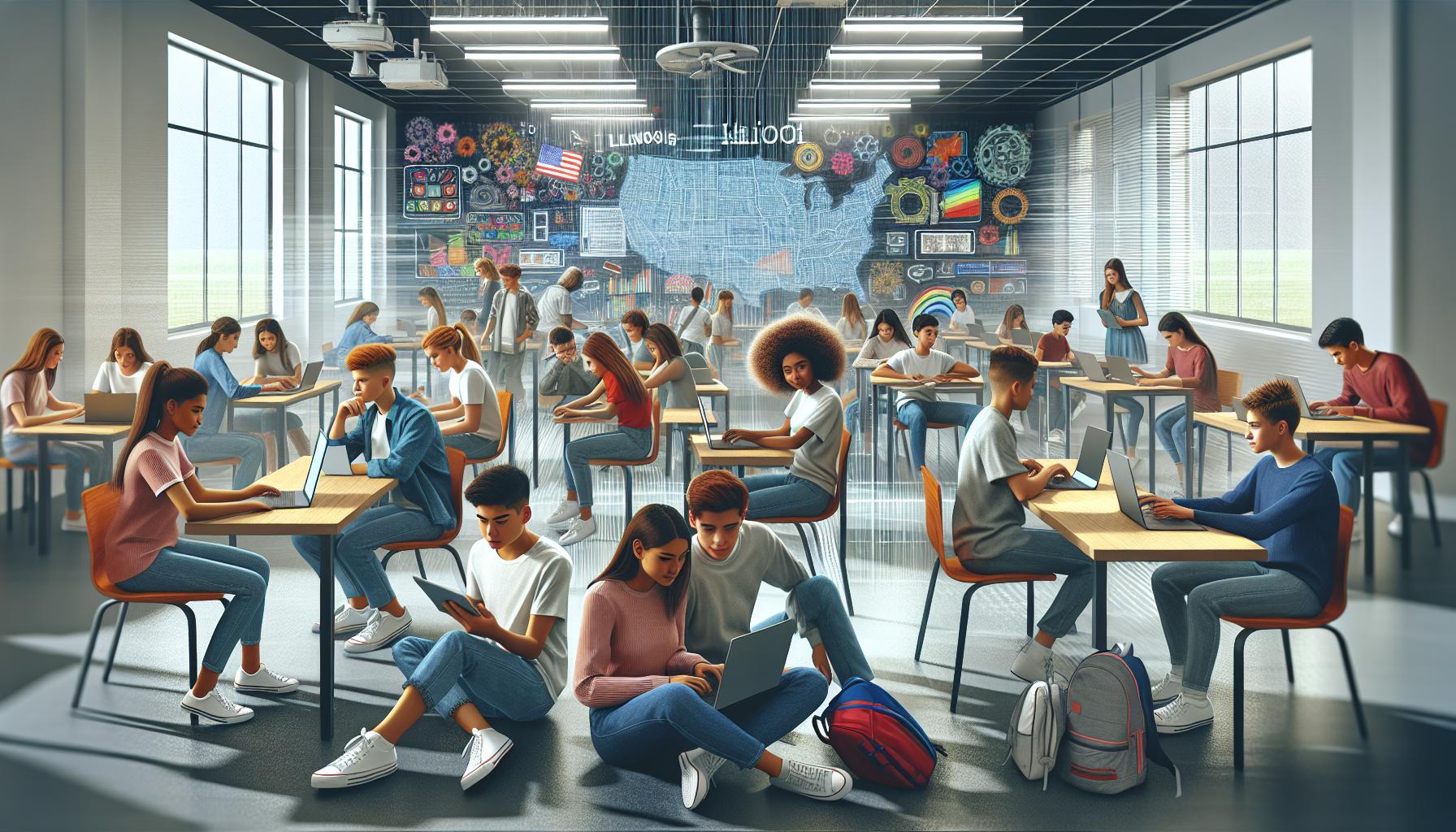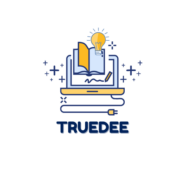Navigating the world of K-12 education in Illinois can be both exciting and overwhelming. With a diverse landscape of schools, programs, and policies, it’s essential to understand what the state offers. From urban centers like Chicago to rural communities, each district presents unique opportunities and challenges for students and families alike. As a parent or educator, knowing the ins and outs of Illinois’ educational system can empower you to make informed decisions. Whether you’re exploring public, private, or charter schools, or considering special education options, understanding the nuances can significantly impact a child’s academic journey. Let’s dive into the key elements that shape K-12 education in the Land of Lincoln.
- Diverse Educational Landscape: Illinois K-12 education encompasses a range of public, private, and charter schools, allowing families to explore various options based on their needs.
- Historical Evolution: The Illinois School Code and recent reforms have shaped educational equity, highlighting attempts to address disparities, particularly for marginalized communities.
- Curriculum Standards: The Illinois Learning Standards guide educational expectations, with local districts adapting them to meet specific community requirements and incorporating social-emotional learning.
- Funding and Equity Challenges: Significant disparities in funding, primarily sourced from local property taxes, affect resource allocation among districts, perpetuating inequity in education.
- Recent Legislative Developments: Recent laws aim to support underfunded schools and mandate comprehensive health education, reinforcing the importance of equitable access to quality education.
- Technology Integration: Efforts to enhance digital access and learning methods through technology are underway, promoting personalized learning experiences and preparing students for the future.
K-12 Education Illinois
K-12 education in Illinois showcases a variety of schools and educational approaches. Understanding its historical context and current structure is essential for families navigating options within the system.
Historical Context
K-12 education in Illinois has evolved since the establishment of public schooling in the 19th century. The Illinois School Code, enacted in 1975, consolidated policies governing education and established standards for accountability. Significant reforms in the late 20th century aimed at improving educational equity and access, particularly for marginalized communities. Major legislation, like the Gender Equity in Education Act, has addressed disparities in educational opportunities. Over the years, various funding measures, including the Evidence-Based Funding Model, have emerged to support equitable resource allocation.
Current Structure
Illinois’ K-12 education system comprises public, private, and charter schools. Approximately 2.1 million students attend over 860 school districts. Public schools account for around 90% of enrollment, while charter schools serve about 3% of students. Private institutions, including parochial and independent schools, enroll roughly 7% of students. Special education programs cater to about 13% of the student population, ensuring compliance with federal mandates. The Illinois State Board of Education oversees curriculum standards and assessments, promoting consistency across districts. Local school boards manage day-to-day operations, enabling tailored approaches to meet community needs.
Key Aspects of K-12 Education in Illinois

K-12 education in Illinois features diverse standards and assessments that shape student learning. Understanding these aspects is crucial for parents and educators navigating the educational system.
Curriculum Standards
Illinois follows the Illinois Learning Standards, which outline expectations for student learning in various subjects, such as math, science, English language arts, and social studies. The standards focus on preparing students for college and career readiness. I notice that local school districts have the flexibility to adapt these standards to meet community needs, leading to variations in curriculum delivery. Additional emphasis is placed on integrating social-emotional learning across all grade levels, enhancing students’ overall development.
State Assessments
Illinois administers state assessments to measure student proficiency and progress. The Illinois Assessment of Readiness (IAR) evaluates students in grades 3-8 in English language arts and math. The SAT, taken by high school juniors, assesses college readiness. I observe that these assessments inform educators about student performance and help identify areas needing improvement. Moreover, schools use assessment data to guide instructional practices and improve educational outcomes for all students.
Challenges Facing K-12 Education in Illinois

K-12 education in Illinois faces significant challenges that impact student learning and educational outcomes. Two critical issues are funding and equity.
Funding Issues
Funding issues present a major barrier to K-12 education in Illinois. More than 50% of school funding comes from local property taxes, leading to disparities among districts. Wealthier areas secure more resources, while economically disadvantaged districts struggle. The funding formula, known as the Evidence-Based Funding Model, aims to address these inequities, yet many schools still face budget shortfalls. Despite state efforts, such as the increase in funding by $350 million in 2020, the need for a stable and equitable funding system remains. Schools often cut programs, increase class sizes, and limit staffing due to insufficient funds.
Equity in Education
Equity in education represents another significant challenge. Illinois has made strides in promoting inclusivity, yet gaps persist among student demographics. For instance, performance disparities exist between students from differing socioeconomic backgrounds, racial minorities, and those with disabilities. Many schools in low-income areas lack access to advanced courses, extracurricular programs, and experienced educators. Efforts to implement restorative justice practices and multicultural education aim to foster inclusivity, but systemic barriers still hinder progress. Achieving true equity in education requires ongoing commitment from state leaders, school districts, and communities to support all students.
Recent Developments in K-12 Education

Recent developments in K-12 education in Illinois reflect ongoing efforts to enhance educational standards and foster innovative learning environments. Legislative changes and technology integration play significant roles in shaping the future of education.
Legislation Changes
Legislation changes in Illinois have focused on improving educational equity and access. In 2023, Governor J.B. Pritzker signed the Changes to the Evidence-Based Funding Formula, prioritizing financial support for underfunded schools. This adjustment aims to allocate resources based on student needs rather than local tax revenue, promoting a more equitable funding model across districts. Additionally, the state introduced new laws requiring comprehensive health education in grades K-12, emphasizing physical health and mental well-being. Such legislative measures strive to create a more holistic educational experience for all students.
Technology Integration
Technology integration in Illinois K-12 education has accelerated, enhancing student engagement and learning outcomes. The state has allocated significant funding for technological infrastructure, aiming to provide high-speed internet access to all schools. Initiatives like the Digital Equity Act focus on ensuring that students in underserved areas gain access to digital resources and devices. Furthermore, many districts have adopted blended learning models, combining traditional classroom instruction with online platforms. These advancements enable personalized learning experiences and equip students with essential 21st-century skills necessary for future success. Navigating K-12 education in Illinois is both a challenge and an opportunity. As I reflect on the complexities of the system it’s clear that understanding the diverse options available is crucial for parents and educators alike. The ongoing reforms and initiatives highlight a commitment to improving educational equity and access for all students.
While challenges like funding disparities remain, the recent legislative changes signal a positive shift towards supporting underfunded schools. Embracing technology and innovative learning models can further enhance student engagement and success. With the right information and resources, families can make informed decisions that pave the way for their children’s bright futures.

